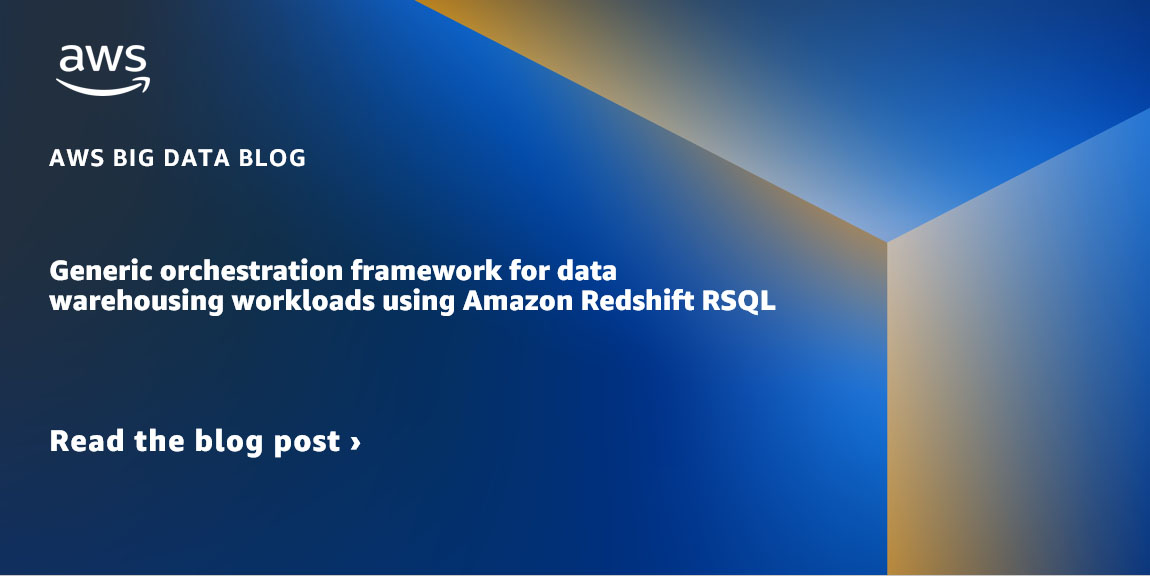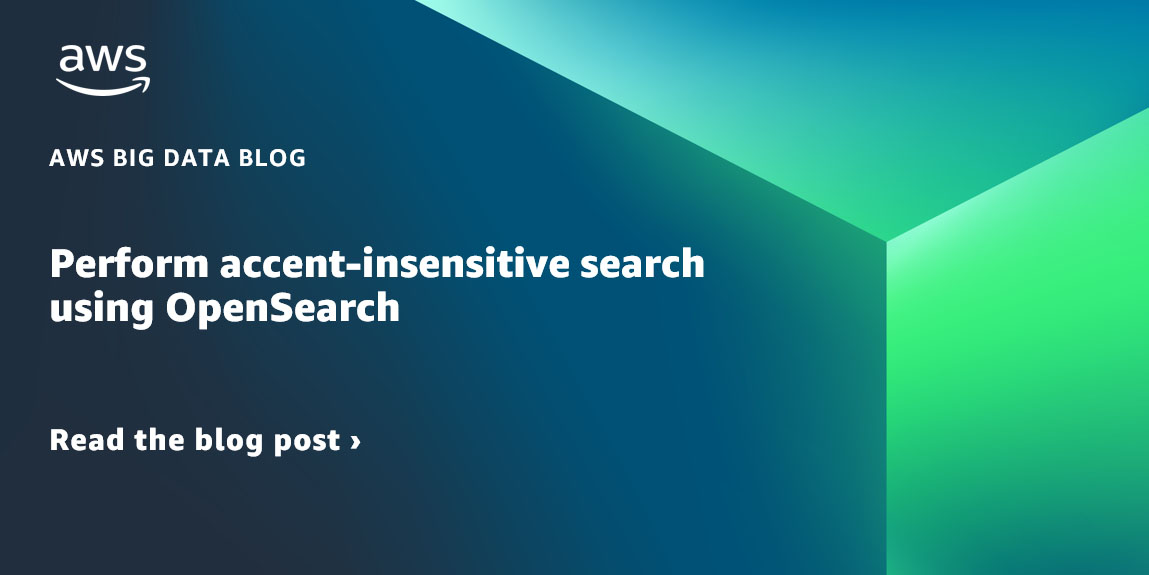AWS Big Data Blog
Category: Learning Levels
Showpad accelerates data maturity to unlock innovation using Amazon QuickSight
Showpad aligns sales and marketing teams around impactful content and powerful training, helping sellers engage with buyers and generate the insights needed to continuously improve conversion rates. In 2021, Showpad set forth the vision to use the power of data to unlock innovations and drive business decisions across its organization. Showpad’s legacy solution was fragmented […]
Create threshold alerts on tables and pivot tables in Amazon QuickSight
Amazon QuickSight previously launched threshold alerts on KPIs and gauge charts. Now, QuickSight supports creating threshold alerts on tables and pivot tables—our most popular visual types. This allows readers and authors to track goals or key performance indicators (KPIs) and be notified via email when they are met. These alerts allow readers and authors to […]
Generic orchestration framework for data warehousing workloads using Amazon Redshift RSQL
Tens of thousands of customers run business-critical workloads on Amazon Redshift, AWS’s fast, petabyte-scale cloud data warehouse delivering the best price-performance. With Amazon Redshift, you can query data across your data warehouse, operational data stores, and data lake using standard SQL. You can also integrate AWS services like Amazon EMR, Amazon Athena, Amazon SageMaker, AWS […]
Perform accent-insensitive search using OpenSearch
We often need our text search to be agnostic of accent marks. Accent-insensitive search, also called diacritics-agnostic search, is where search results are the same for queries that may or may not contain Latin characters such as à, è, Ê, ñ, and ç. Diacritics are English letters with an accent to mark a difference in […]
Build event-driven data pipelines using AWS Controllers for Kubernetes and Amazon EMR on EKS
An event-driven architecture is a software design pattern in which decoupled applications can asynchronously publish and subscribe to events via an event broker. By promoting loose coupling between components of a system, an event-driven architecture leads to greater agility and can enable components in the system to scale independently and fail without impacting other services. […]
Implement slowly changing dimensions in a data lake using AWS Glue and Delta
In a data warehouse, a dimension is a structure that categorizes facts and measures in order to enable users to answer business questions. To illustrate an example, in a typical sales domain, customer, time or product are dimensions and sales transactions is a fact. Attributes within the dimension can change over time—a customer can change […]
AWS Glue crawlers support cross-account crawling to support data mesh architecture
Data lakes have come a long way, and there’s been tremendous innovation in this space. Today’s modern data lakes are cloud native, work with multiple data types, and make this data easily available to diverse stakeholders across the business. As time has gone by, data lakes have grown significantly and have evolved to data meshes […]
Deep Pool boosts software quality control using Amazon QuickSight
Deep Pool Financial Solutions, an investor servicing and compliance solutions supplier, was looking to build key performance indicators to track its software tests, failures, and successful fixes to pinpoint the specific areas for improvement in its client software. Deep Pool was unable to access the large amounts of data that its project management software provided, […]
Visualize Confluent data in Amazon QuickSight using Amazon Athena
This is a guest post written by Ahmed Saef Zamzam and Geetha Anne from Confluent. Businesses are using real-time data streams to gain insights into their company’s performance and make informed, data-driven decisions faster. As real-time data has become essential for businesses, a growing number of companies are adapting their data strategy to focus on […]
Manage your data warehouse cost allocations with Amazon Redshift Serverless tagging
Amazon Redshift Serverless makes it simple to run and scale analytics without having to manage your data warehouse infrastructure. Developers, data scientists, and analysts can work across databases, data warehouses, and data lakes to build reporting and dashboarding applications, perform real-time analytics, share and collaborate on data, and even build and train machine learning (ML) […]









